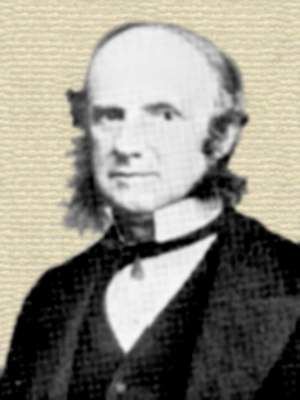Name Charles Drysdale | ||
 | ||
Books The Life and Writings of Thomas R. Malthus | ||
Charles Robert Drysdale (1829–1907) was an English engineer, physician and public health scientist, and the first President of The Malthusian League. He wrote The Life and Writings of Thomas R. Malthus. He also published books on the topics of syphilis, the evils of prostitution and the dangers of tobacco smoking.
Contents
Together with his wife he founded the Malthusian League and was its first President.
Life
He was the son of William Drysdale (1781-1847) and Lady Elizabeth Drysdale. The family were close friends of Charles Darwin.
Although later remembered only as a doctor he was initially a trained and skilled engineer, working on the SS Great Eastern for Brunel in 1847 and conducting surveys for new railways in both Switzerland and Spain.
His elder brother was Dr John James Drysdale (1816-1890) founder of the Liverpool Homeopathic Hospital.
His brother-in-law was Dr Edward Wickstead Lane, Darwin's doctor. Edward Wickstead Lane ran a hydropathy spa near Reading.
Campaign against tobacco smoking
Drysdale was one of the earliest campaigners against tobacco smoking. In a letter to The Times newspaper in 1878 to say 'I think that the use of tobacco is one of the most evident of all the retrograde influences of our time.' and 'The use of tobacco is one of the most evident of all the retrograde influences of our time. It invades all classes, destroys social life, and is turning, in the words of Mantegazza, the whole of Europe into a cigar divan.'
Family
From 1869 he began a life-long relationship with fellow doctor Alice Vickery. Neither believed in marriage. They are buried together in Brookwood Cemetery.
Their son, Charles Vickery Drysdale (1874-1961) opened one of the first family planning clinics at East Street, Walworth, London SE17 in 1921. A Blue plaque marks the site.
